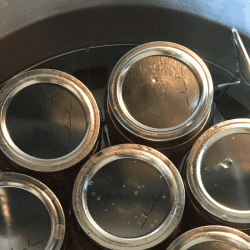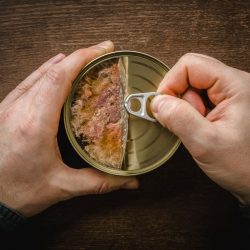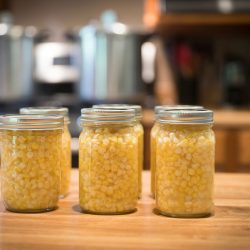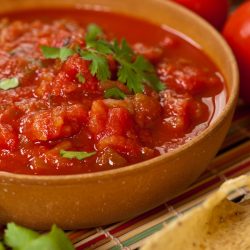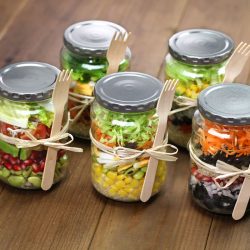Canning is a great way to preserve food for later consumption. But if you are new to canning, then you may be wondering if it is better to do steam or water canning. Let's take a look at which is a better option.
When it comes to canning, steam canning is a more efficient and environmentally friendly option. This is because it uses less water and cuts down on canning time. This is due to a steam canner reaching the desired temperature for canning faster than a boiling water canner.
Canning food can be a long process, but with a steam canner, you can cut down on the time it takes. In this article, we will compare both canning methods in more detail to help you decide which is best for you. In addition, we will answer other frequently asked questions about canning, so read on!
Is Steam Canning Better Than Water Bath Canning?
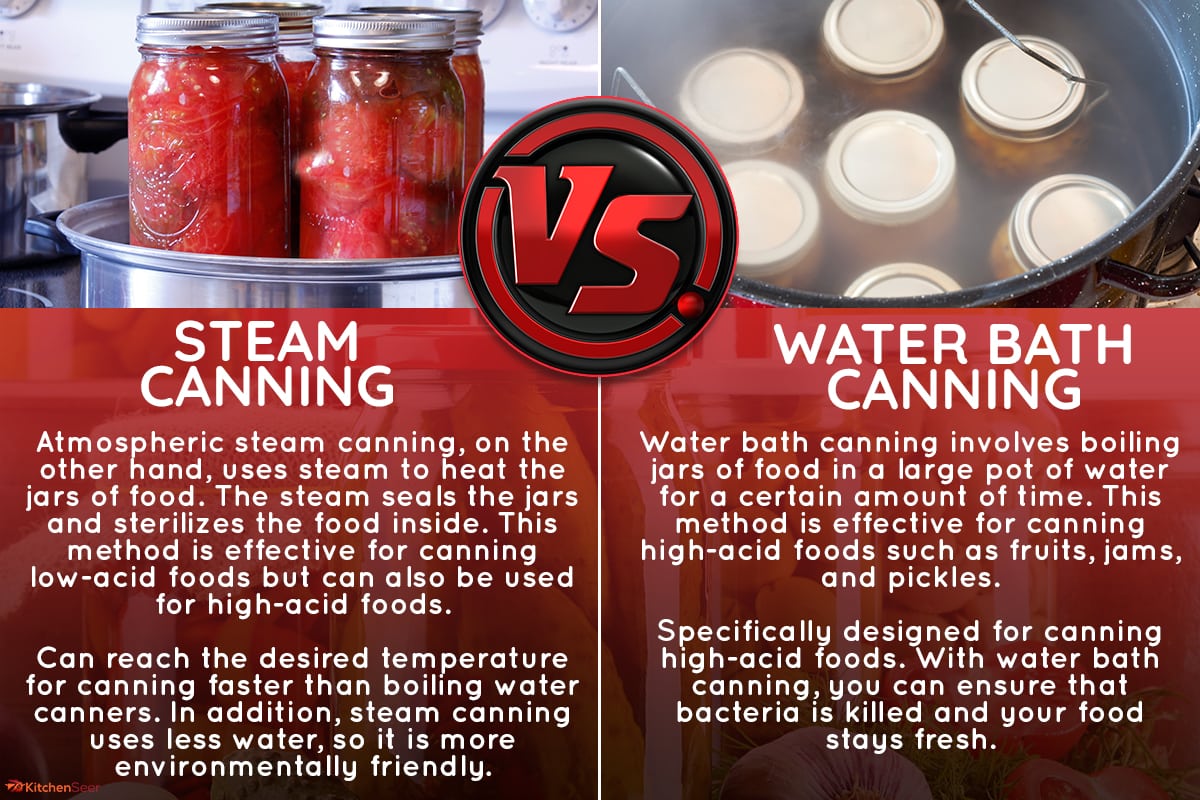
Canning foods has been around for centuries and is a great way to preserve food for later consumption. There are two main methods of canning—water bath canning and steam canning. So, which one is better?
Water bath canning involves boiling jars of food in a large pot of water for a certain amount of time. This method is effective for canning high-acid foods such as fruits, jams, and pickles.
Atmospheric steam canning, on the other hand, uses steam to heat the jars of food. The steam seals the jars and sterilizes the food inside. This method is effective for canning low-acid foods but can also be used for high-acid foods.
So, which canning method is better—water bath or steam? The answer depends on what you are looking for. If you are looking for a faster and more efficient method, steam canning is the way to go.
This is because steam canners reach the desired temperature for canning faster than boiling water canners. In addition, steam canning uses less water, so it is more environmentally friendly.
However, if you constantly can high-acid foods, water bath canning may be the better option for you. This is because it is specifically designed for canning high-acid foods. With water bath canning, you can ensure that bacteria is killed and your food stays fresh.
Lastly, you have to look at the overall costs of both types of canners. While both can be in the hundreds of dollars, you will be paying more for water and electricity or gas with a steam canner.
Is It Necessary To Use A Water Bath Or Steam Canner?
To minimize the risk of foodborne illness, it's recommended to use a water bath or steam canner when canning food.
If you put food in a jar and seal it without using a canner, the food will not be sterile. This means that there is a chance that bacteria or other contaminants could enter the food and make you sick.
The last thing you want is to make yourself or your family sick, so it's best to err on the side of caution and use a canner.
What Cannot Be Canned In A Water Bath Canner?
As mentioned earlier, water bath canning is great for canning high-acid foods. However, there are some foods that cannot be canned in a water bath canner.
These include:
- Low-acid vegetables such as beans, carrots, and corn.
- Soups and stews
- Stocks and broth
- Seafood
- Beef
- Poultry
- Wild game
The reason these foods cannot be canned in a water bath canner is that they are low-acid foods. Low-acid foods need to be canned at a higher temperature to kill bacteria.
Since water boils at 212 degrees Fahrenheit, it is not hot enough to kill bacteria in low-acid foods. Instead, a steam canner or pressure canner reaches 240-250 degrees Fahrenheit, which is hot enough to kill bacteria.
If you try to can low-acid foods in a water bath canner, there is a chance that the food will spoil and make you sick. So, it's important to only use a water bath canner for high-acid foods.
How Long Does It Take To Can Food Using A Steam Canner?
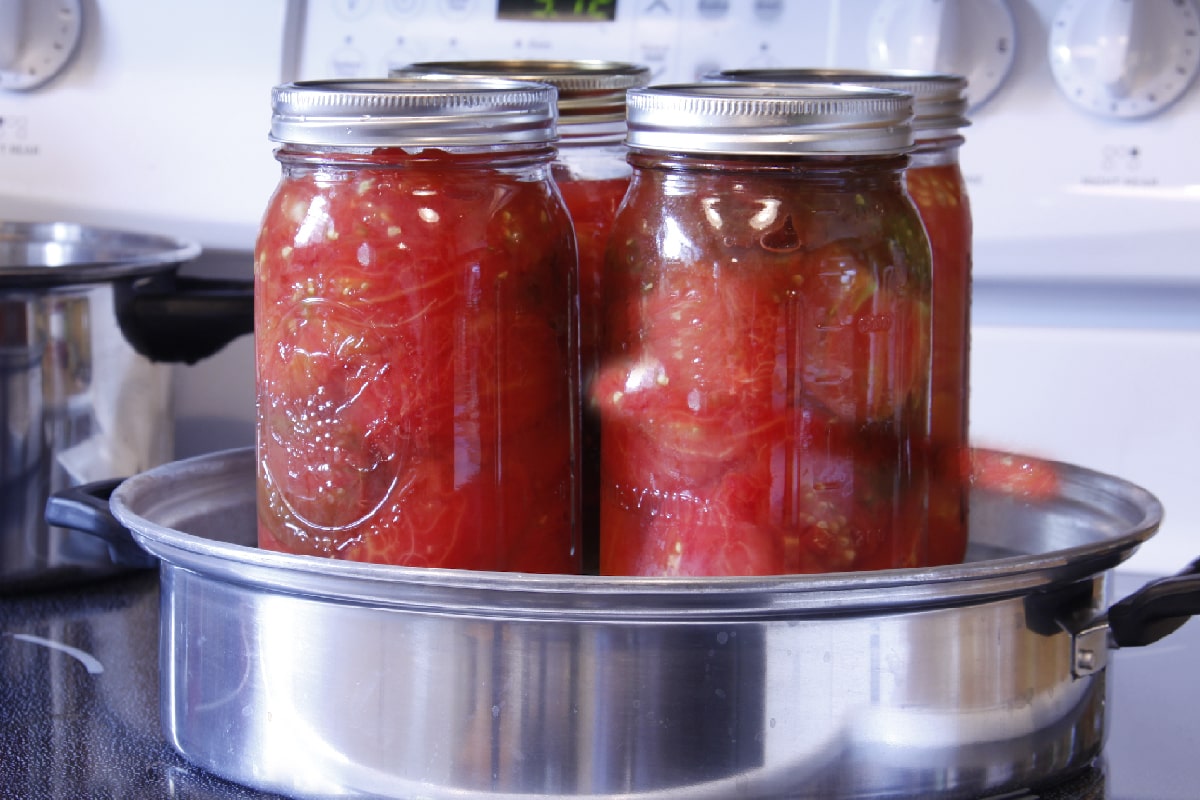
When steam canning, it usually takes 45 minutes to process the jars of food. Sometimes it takes less time, depending on your elevation and the type of food you are canning.
It's important to follow the directions on your steam canner carefully. This is because it's easy to overcook or undercook food when using this method.
If food is overcooked, it will be mushy and have a poor texture. If food is undercooked, there is a chance that bacteria could survive and make you sick.
Your steam canner should come with specific instructions on how long to process different types of food. If you are unsure, it's always better to err on the side of caution and cook the food for a longer period of time.
How Long Does It Take To Can Food Using A Water Bath Canner?

The processing time for canning food in a water bath canner is similar to using a steam canner. However, that doesn't include the amount of time it takes for the water to come to a boil.
The higher the altitude, the longer it will take for the water to come to a boil. This is because water boils at a lower temperature at higher altitudes.
It will also depend on your stovetop. If you have a gas stove, it will take less time to come to a boil than an electric stove. This is because electric stove tops take longer to heat up. Gas stoves, on the other hand, provide instant heat and can come to a boil faster.
Once the water has come to a boil, you will need to process the jars of food for the recommended amount of time. This usually ranges from 20-60 minutes depending on the type of food.
What Type Of Foods Shouldn't Be Canned?
Typically, any food containing dairy shouldn't be canned. This is because dairy products can spoil quickly, and bacteria can grow rapidly in them.
This can include, but is not limited to:
- Cream soups
- Gravy
- Cheese
- Butter
You should also avoid canning eggs, oils, starch, pasta, rice, and bread. It's better to make these foods fresh and store them in your freezer.
While these foods won't last as long as canned food will, freezing them will help them last longer.
How Long Does Canned Food Last?

The main benefit of canning food is that it will last for years as long as it is stored properly.
Canned food should be stored in a cool, dark place such as a pantry or cupboard. The ideal temperature for storing canned food is between 50-70 degrees Fahrenheit.
Canned food will last the longest if it is not exposed to light, heat, or moisture. If canned food is stored in a warm place, it will still be safe to eat, but the quality will decline. The food may become discolored, lose flavor, or develop a softer texture.
In addition, the can itself needs to be in good condition. Damage to the lid or the can itself can cause the food to spoil. If you notice any leaks, bulges, or cracks in the can, do not use it.
How Do You Know If Your Canned Food Is Still Good?
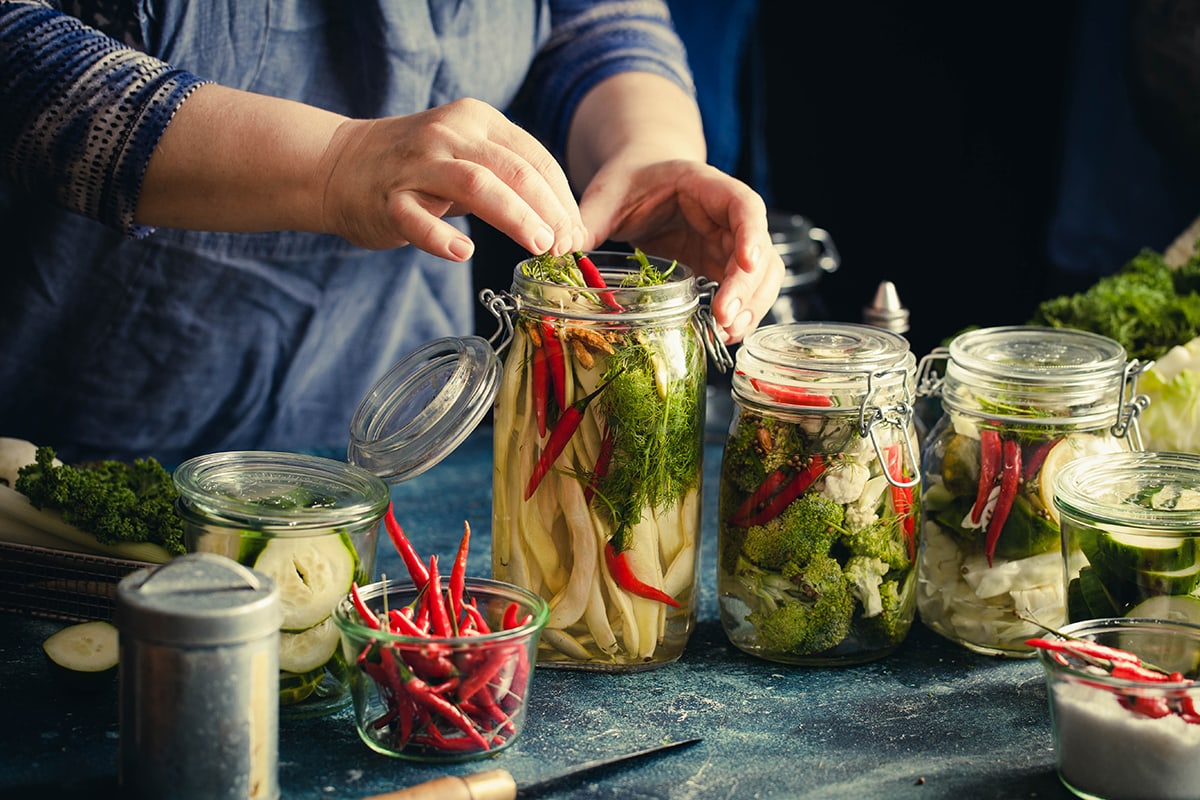
If your canned food has been in storage for over a year, it's a good idea to check the quality before eating it. Let's take a look at some signs that your canned food has gone bad.
Inspect The Jar
As mentioned earlier, you should avoid using any canned food that has a damaged lid or jar. If the can is leaking, bulging, or has any cracks, do not use it. These are all signs that the food inside has gone bad.
You should also check the outside of the jar for food streaks or residue. If you see any, it's a sign that the food has spoiled and should not be eaten.
Check The Quality Of The Food
Once you've inspected the jar, it's time to take a look at the food itself. If the food is discolored, mushy, or has an off-putting odor, it has gone bad and should not be eaten.
The best way to tell if your canned food is still good is to use your senses. If it looks or smells bad, don't eat it.
Mold
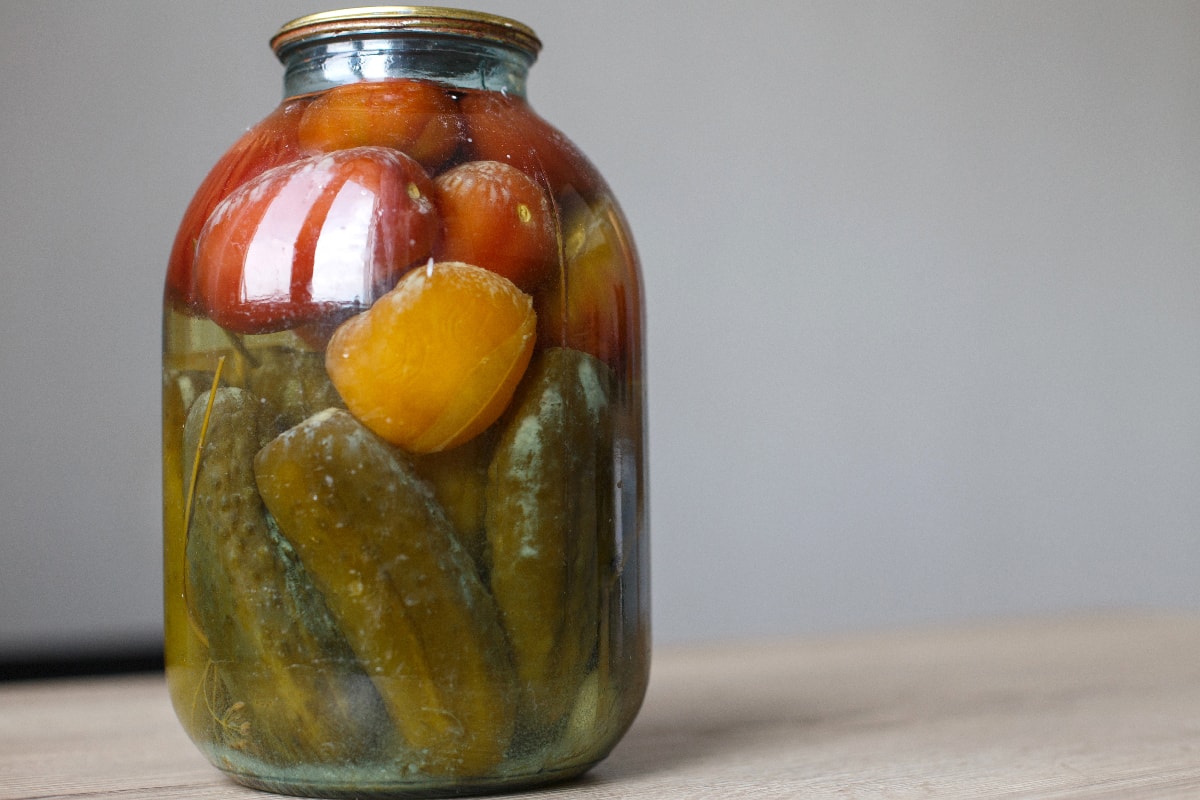
Like any food, mold is a sign that your canned food has gone bad. If you see any mold on the outside of the jar, do not use the food. The same goes for if you see mold growing on the food itself.
Mold can be dangerous to your health, so it's best to err on caution and throw away any canned food with mold on it.
Final Thoughts
Canned food is a great way to store food for long periods of time. Whether you use steam or water bath canning, be sure to follow the proper steps to ensure your food is safe to eat.
Made it to the end? Here are other articles you might enjoy:
Can You Use A Pressure Cooker For Canning?
Is Canned Chicken Always Pre-Cooked?
What’s The Best Way To Store Onions? [Best Storage Options Discussed]

